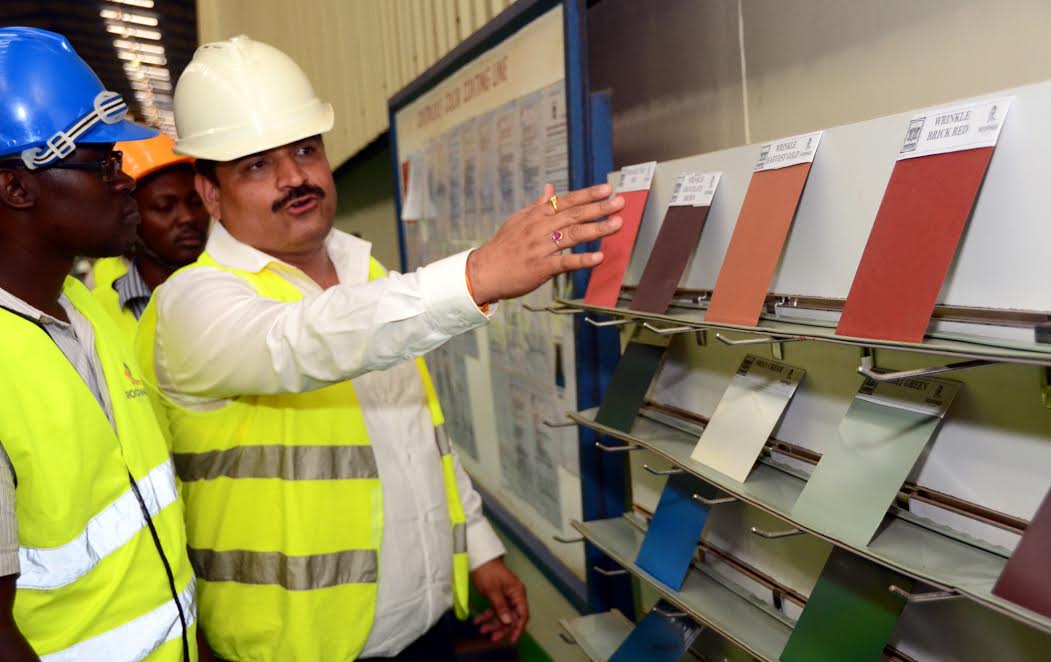Gorillas have 98% DNA with humans and as such, they are very susceptible to human diseases. Therefore, in order to protect them, a set of rules and precaution means have been set up so as to protect the endangered gorillas as well as people so as to have harmonious gorilla tourism and gorilla protection.
Advertisements
Its very necessary to be aware of the gorilla trekking regulations and guidelines in case you are considering to go gorilla trekking in Africa. The guidelines include;
- Only 8 people on a single day visit a single gorilla group. This came up as a way of minimizing the spread of diseases from humans to the animals and also to lessen behavioral disturbance and tiring the gorillas.
- Keep very low voices when in presence of gorillas so as to maintain, a calm jungle environment for not only the mountain gorillas but also for the other existing wildlife species in the forested mountains.
- Disposal of rubbish in the mountain gorilla habitats is not allowed. Also, this contributes to the conservation of the mountain gorillas and their habitats.
- When trekking mountain gorillas, tourists are usually guided by tour guides and game rangers who have an idea of the possible locations of the family groups; and it’s always very important to follow the directions and orders that may be given to you by your tour guides to avoid and problems or even attacks from the wild animals within these habitats.
- Whenever, the family group is being approached, the tour guide and ranger always give the tourists a signal; to get ready
- Once in the exact location of the mountain gorillas, tourists are allowed to stay at a reasonable distance of 7 meters away from the animals. It helps limit the spread of diseases like colds, flu etc. to the animals and also helps in keeping them calm within their presence.
- Trekkers, when with the gorillas are expected to avoid unnecessary movements and noise so as not to scare the animals but are free to ask the guides any questions when visiting the creatures.
- Visitors are not allowed to eat or drink when visiting the creatures in their natural vicinity as this may increase the risk of disease transmission to the animals which are yet very vulnerable creatures.
- When visiting the gorillas, at times they may change. Here it’s important to follow the guides example (crouch down slowly, do not look the gorillas directly in the eyes and wait for the animals to pass). Do not try and take pictures and do not attempt to run away. Running away will increase the risk.
- Tourists are strictly permitted to an hour stay with the mountain gorillas to avoid disturbing them and getting them tired though there are cases when the tour guide may forcefully bring your encounter to an end when the animals show signs of agitation before the end of this one hour.
- At the end of an encounter with the mountain gorillas, tourists are advised to always keep their voices low until they are about 200 meters away from the animals.
- In case one feels sick on the actual tracking day, especially with the contagious diseases of flu, cold, diarrhea, he/she should stay away from the trekking adventure to avoid passing it on to the animals. And there is always a compensation provided to sick visitors like refund or special trip arrangements when recovered
- In case there’s the urge to cough or sneeze when you are near the gorillas, please turn your head away and cover your nose and mouth in order to minimize the spread of bacteria or viruses.
- Visitors should always maintain the reasonable distance of 7 meters away from the mountain gorillas.
- Tourists are not allowed to touch mountain gorillas at any one point when in their proximity.
- Eating, drinking and smoking are not allowed in the national parks and it should therefore be strictly observed.
- Do not leave any rubbish (e g. food wrappers) in the Park; foreign items can harbor diseases or other contaminants.
- Incase nature calls when in the forest, please inform your tour guide who may dig you a hole with the help of a panga but it should be at least 30 cm deep and covered / refilled with soil once done.



